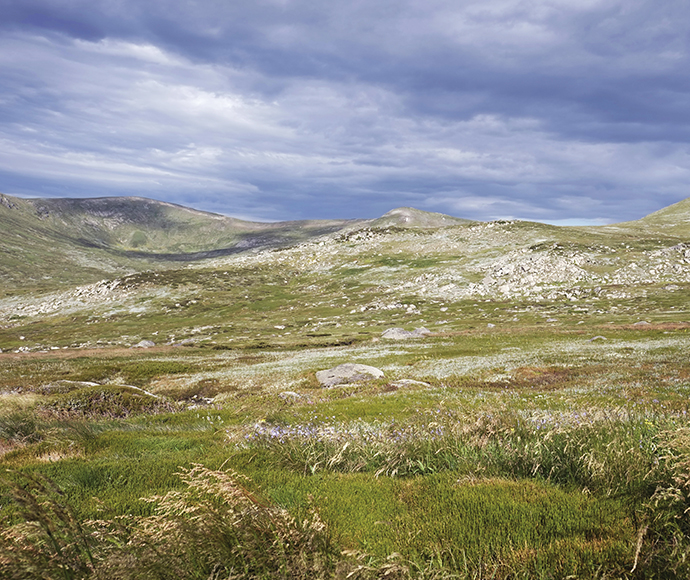The final plan for the management of wild horses in Kosciuszko National Park has been released providing certainty for local communities and for all who value the park's unique environment.

Environment Minister Matt Kean said the final plan strikes the right balance between protecting the heritage value of the wild horses and maintaining the exceptional conservation values of our state's largest national park.
"Kosciusko National Park is a very special place that needs to be protected for future generations," Mr Kean said.
"Today we release a plan that will finally provide protection for the numerous threatened species and the suite of important alpine and sub-alpine ecosystems that call Kosciuszko National Park home."
"Based on consultation with scientific and community representatives, Aboriginal stakeholders and over 4000 public submissions, we can finally deliver a clear direction for one of the most special environment's anywhere in the country."
The plan provides for a staged reduction in the overall wild horse population from an estimated 14,380 horses in the 2020 survey to 3000 horses by 30 June 2027.
Across the park, the plan provides for three broad management areas:
- areas in which wild horses will continue to occupy – 32% of the park
- areas from which wild horses will be removed – 21% of the park
- areas which are currently free of horses and which will be kept free – 47% of the park.
The removal of wild horses will occur in accordance with best practice animal welfare requirements.
Member for Monaro John Barilaro said the plan was the culmination of years of work from a number of very passionate people who care deeply about the issue.
"I am so proud that we have been able to deliver certainty within my local electorate on this important issue, it has been years in the making" Mr Barilaro said.
"This final plan gives the everybody certainty by delivering a way to manage a sustainable population of wild horses in only very select areas of the park, but more importantly it recognises their important heritage value for future generations."
The areas in which horses may continue to occur are those areas with the strongest links to wild horse heritage values and are areas with connections to historic pastoralism, brumby running and include wild horses derived from historic pastoral populations (e.g., the Kiandra greys).
The removal and exclusion of wild horses from designated areas, and the reduction in the overall population, will provide effective protection from the impacts of wild horses for many threatened species.
These include the northern and southern corroboree frogs, the smoky mouse and the broad-toothed rat as well as a suite of important alpine and sub-alpine ecosystems.
Annual surveys of the wild horse population will help monitor progress toward the targets in the plan.
The implementation of the plan is expected to begin immediately with the reintroduction of passive trapping and re-homing.






